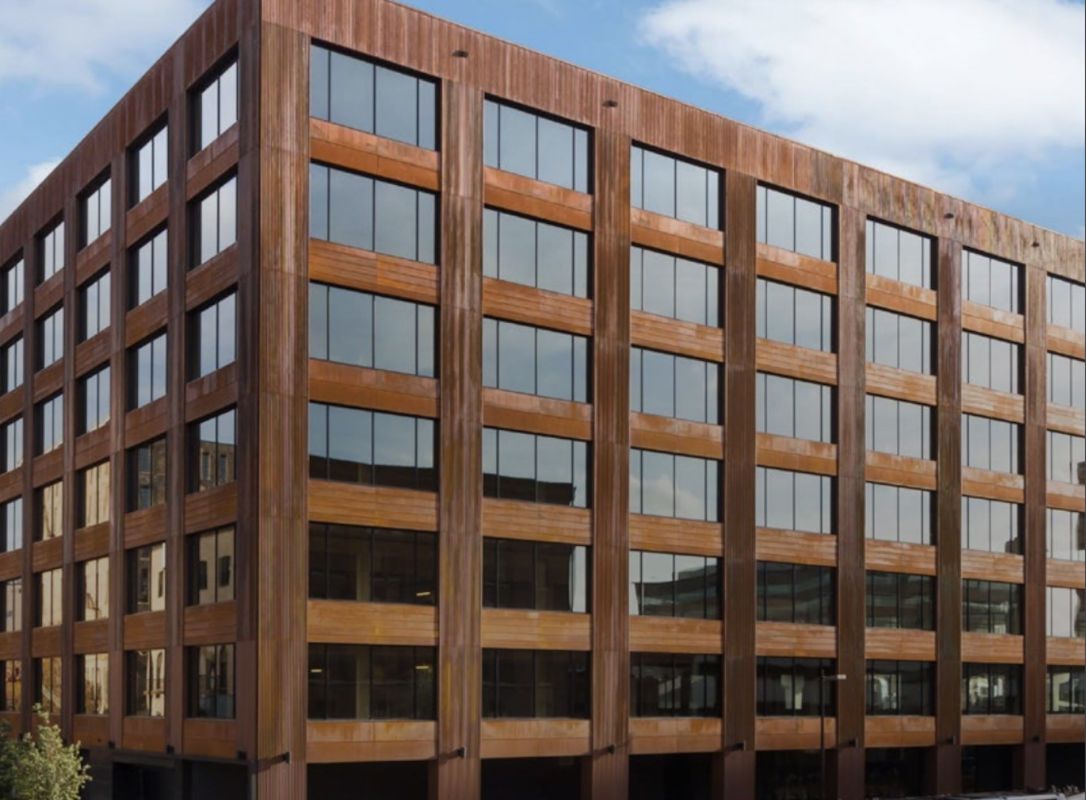There is a growing movement to build skyscrapers out of wood, and its advocates insist that it is safe, affordable, and, most importantly, much healthier for our planet.
"The built environment — as it is built now — is not sustainable," Vancouver, British Columbia-based architect Michael Green, who wrote a 2012 book titled "The Case For Tall Wood Buildings," told the Washington Post. "This is what we have: concrete, steel, masonry and wood. That's it. And the only path forward to get us to carbon-neutral buildings is timber."
According to the Post, steel and cement production are each responsible for around 8% of all global carbon emissions. Wood, on the other hand, can be used to make buildings that are actually "carbon negative," according to its advocates — thanks to the somewhat controversial concept of carbon capture.
(It is worth noting that other more environmentally friendly alternatives to concrete and cement exist — MIT researchers just created a new, low-carbon cement, and other more sustainable types of cement have been produced out of things like sugar.)
So far, wood skyscrapers already in existence include the 20-story Sara Culture Centre in subarctic Sweden, which includes a public library, exhibit spaces, banquet halls, three theaters, and a 205-room hotel complete with a restaurant, pool, and spa.
There is also the seven-story T3 building in Minneapolis, which was designed by Green, as well as the current tallest wood tower in the world, the 25-story Ascent in Milwaukee.
The Ascent will not hold its title for long, though, as the movement, along with the buildings themselves, is growing. Plans are already approved for the 32-story Rocket&Tigerli tower in Switzerland and the 50-story, 627-foot C6 in Perth, Australia, which will be the first wood tower to meet the technical definition of being a "skyscraper."
In response to some fears that a wood skyscraper would be unsafe, Green explained that "It sounds scary — but it's not." In the case of a fire, damage could be contained by the standard sprinkler systems and a flame-retardant coating on the wood. In the case of a catastrophic fire, wood tower advocates say that they would still be safer than steel towers, as the wood would char and burn at a measurable rate, unlike steel, which melts and folds suddenly.
Although the comment section was divided, some thought the idea of wood towers was a good one.
"The goal is to build substantial buildings that sequester more carbon than they generate to build. This type of construction is not suitable for every type of building, and in areas without available timber. But in places where it works it's a great idea," wrote one commenter.
Join our free newsletter for weekly updates on the coolest innovations improving our lives and saving our planet.









